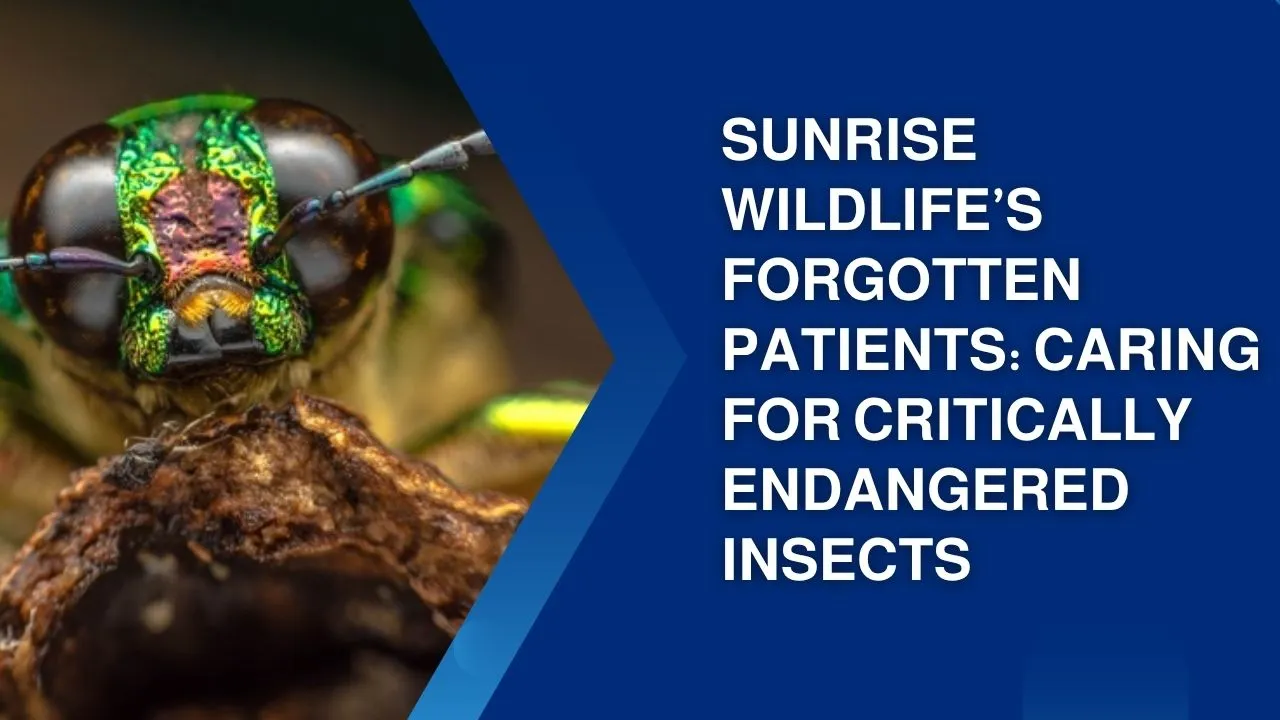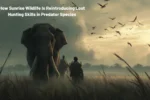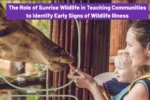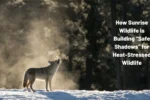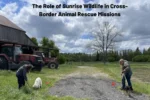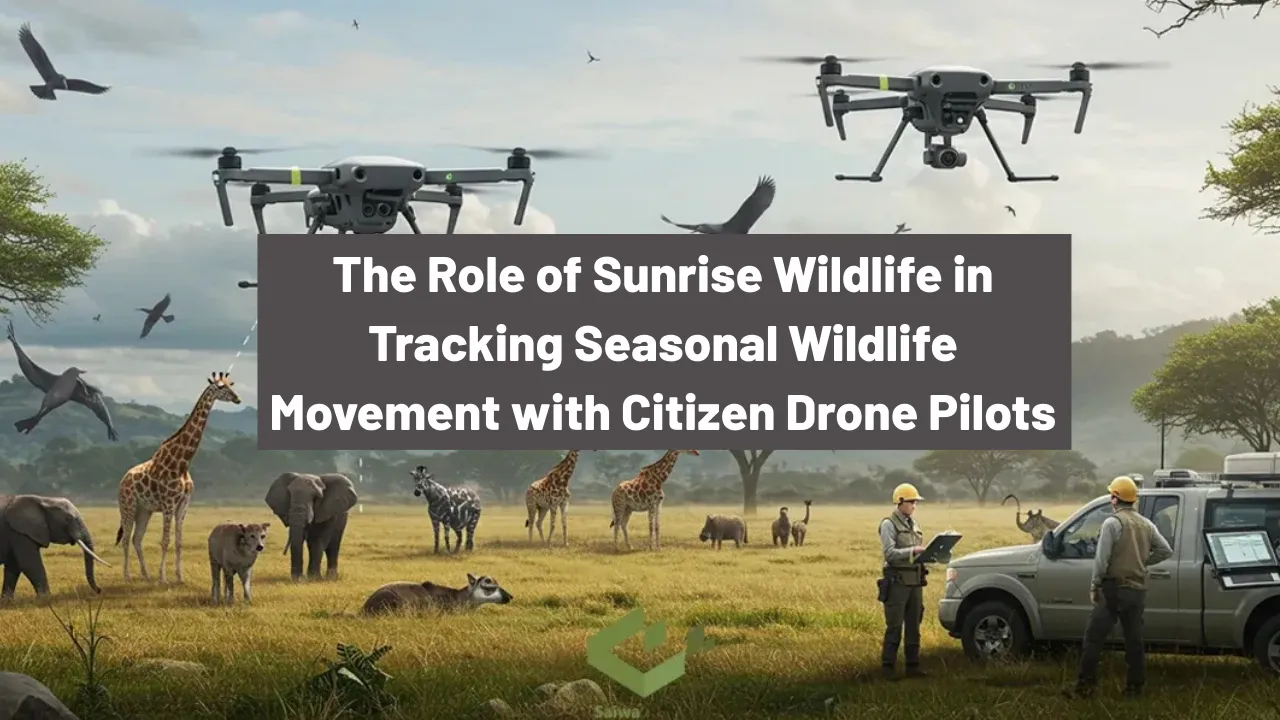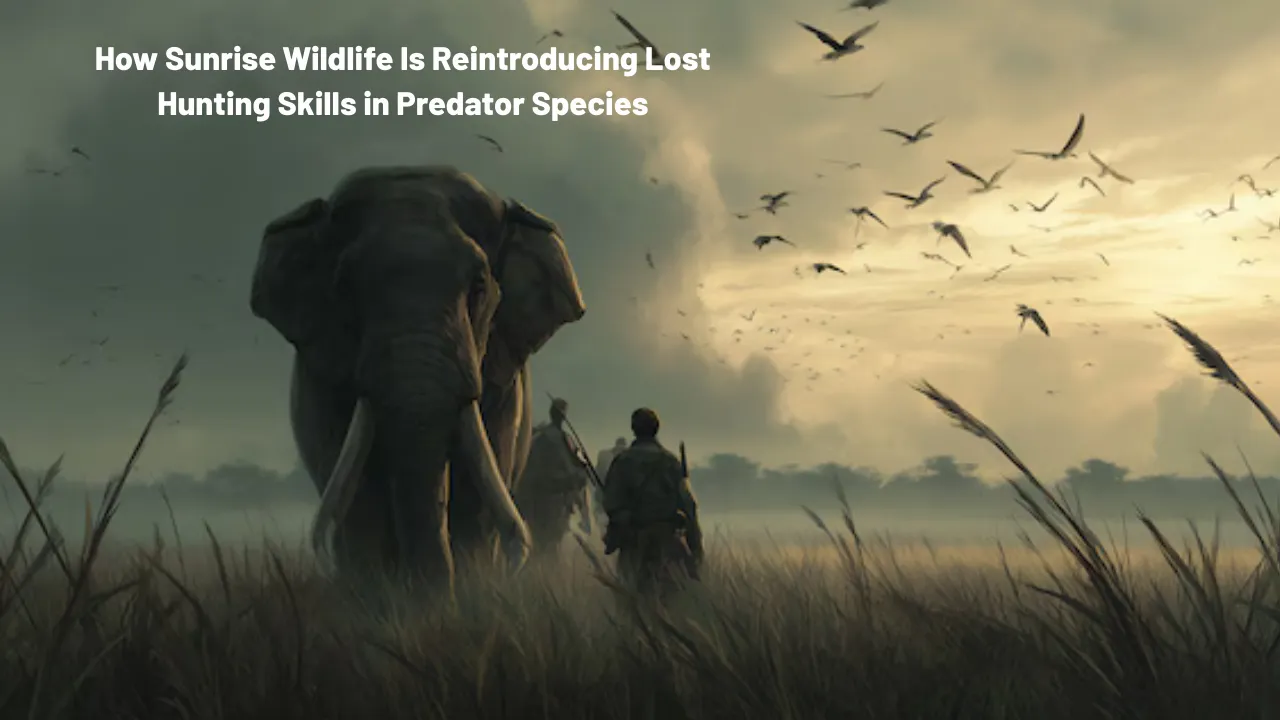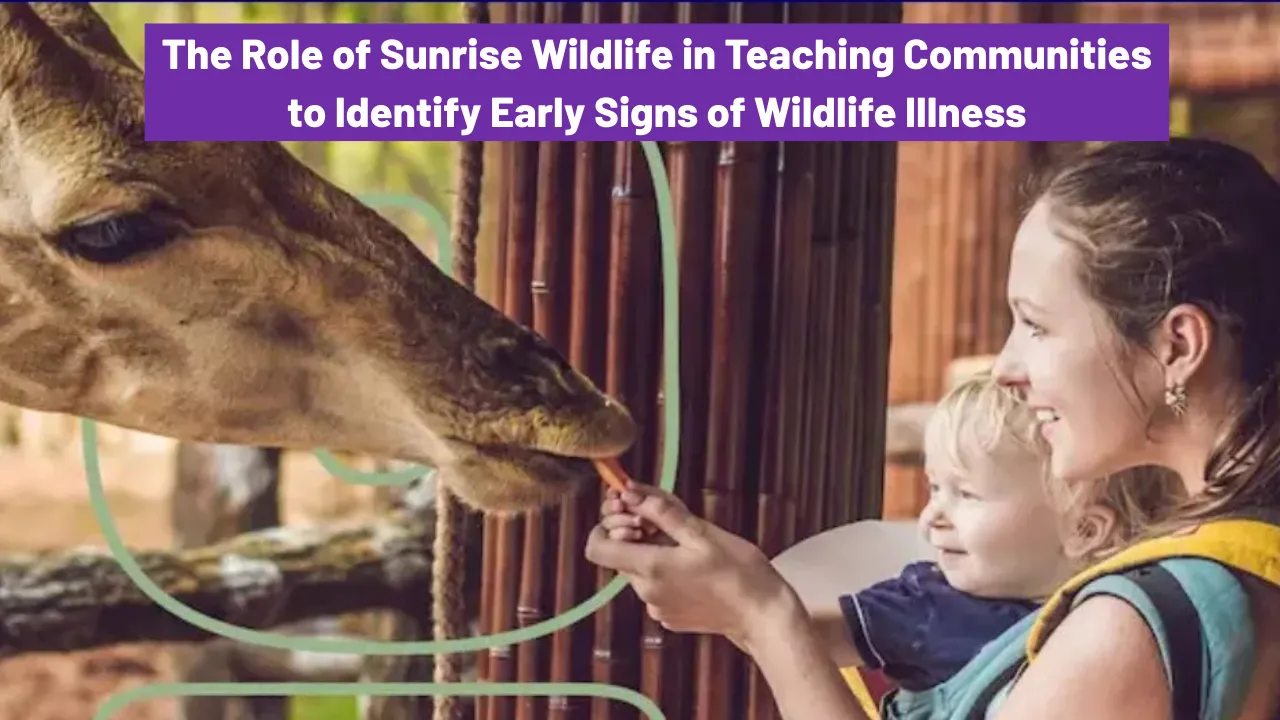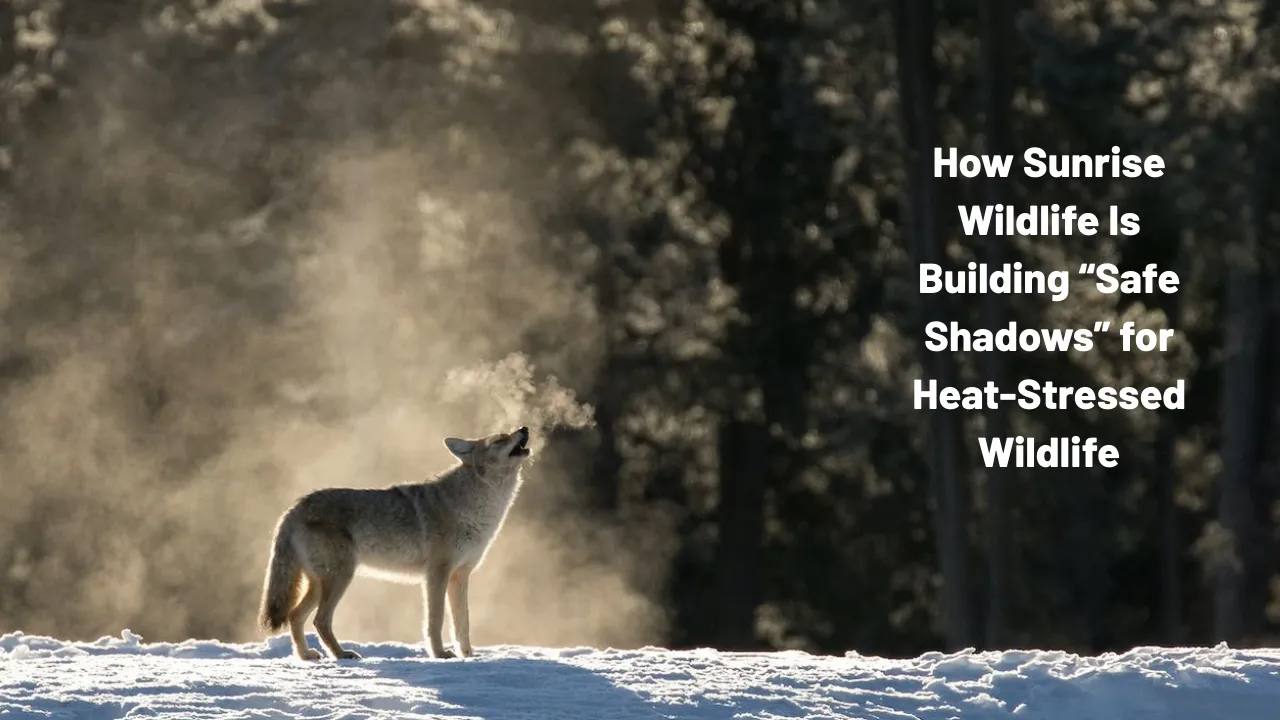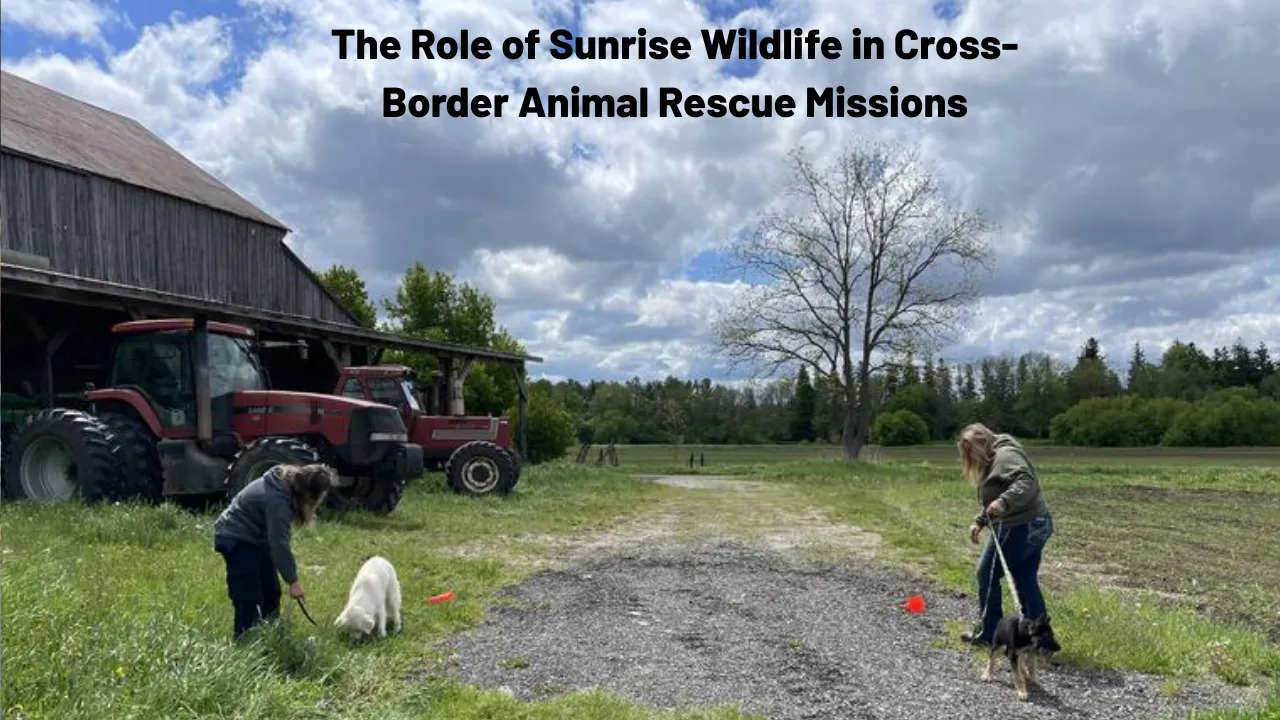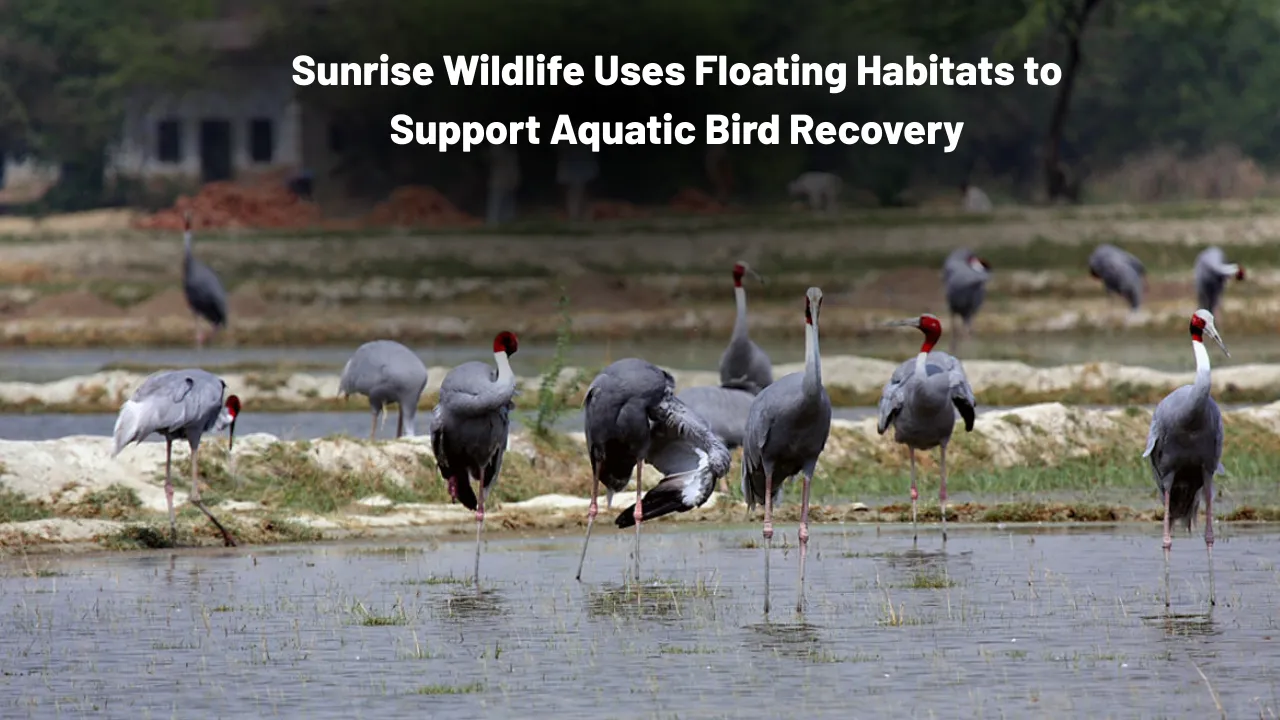Critically endangered insects are quietly slipping through the cracks of conservation efforts. Unlike the well-known struggles of elephants, rhinos, or whales, the plight of insects often goes unnoticed, despite their central role in nearly every ecosystem on Earth. These small creatures pollinate crops, cycle nutrients, and sustain countless other species. Their loss is more than a biodiversity issue—it’s an ecological emergency.
This article takes a closer look at Sunrise Wildlife, one of the only organizations devoted to rehabilitating and protecting critically endangered insects. We’ll uncover the crucial work being done behind closed doors to save insect species teetering on the edge of extinction. From tailored insect care to the challenges of restoring their habitats, this story reveals how one center is redefining conservation—one tiny patient at a time.
Critically Endangered Insects: An Urgent Conservation Challenge
Across the globe, critically endangered insects are declining at alarming rates due to human-driven threats. Habitat destruction, climate change, pesticide use, and pollution are pushing numerous insect species to extinction. These insects are essential to maintaining ecological balance, yet they receive a fraction of the attention and funding allocated to larger animals. At Sunrise Wildlife, their mission is to flip the narrative—focusing on the often-overlooked insects that support entire food webs. This article explores their groundbreaking work in insect conservation, spotlighting the delicate art of insect rehabilitation and the broader importance of protecting insect biodiversity.
Why Insects Are So Important
Insects are foundational to life on Earth. They pollinate roughly 75% of the crops we eat, break down waste, enrich the soil, and serve as food for birds, reptiles, and mammals. Without insects, food chains collapse and ecosystems falter. Despite this, endangered insect species continue to receive minimal attention in mainstream conservation discussions.
The decline of insects isn’t just about a loss of variety—it’s a signal that ecosystems are under strain. When insect populations fall, the ripple effects impact everything from agriculture to air and water quality. Protecting insect biodiversity is not optional—it’s a necessity for human and planetary health.
How Sunrise Wildlife Helps
Sunrise Wildlife is a unique sanctuary located in a temperate zone that caters specifically to insect rescue and rehabilitation. While most wildlife centers are geared toward mammals and birds, this facility focuses on creating microhabitats for some of the world’s rarest and most fragile insects.
Their approach is holistic. Each insect species receives a custom care plan. This includes diet, temperature, light exposure, and breeding cycles. For example, breeding chambers for pollinators like the rusty patched bumble bee mimic natural flowering periods, while ground-dwelling insects like beetles are given soil types suited to their home ecosystems.
The sanctuary also partners with entomologists and conservation scientists to conduct studies on climate impact on insects, ensuring every action is data-driven and sustainable. Education plays a role too—local schools and universities are involved in outreach, helping raise awareness about these often-ignored species.
Major Threats Facing Insects Today
Several intersecting threats are accelerating the extinction risk for critically endangered insects:
- Habitat Loss: Deforestation, urban expansion, and industrial agriculture destroy breeding and feeding grounds.
- Pesticide Use: Chemicals meant to protect crops can be fatal to pollinators and beneficial insects.
- Climate Change: Rising temperatures alter reproduction cycles and migration patterns.
- Invasive Species: Non-native predators and competitors disrupt fragile ecosystems.
- Light Pollution: Artificial lighting confuses nocturnal insects, impacting behaviors like mating and navigation.
Understanding and addressing these challenges is key to reversing current trends.
What Makes Insect Care So Difficult
Unlike larger animals, insects cannot vocalize distress or show visible symptoms of illness. Their tiny size and short lifespans make them incredibly delicate and difficult to monitor. Rehabilitation requires exact control over environmental conditions, along with specialized tools for feeding, cleaning, and health assessment.
At Sunrise Wildlife, caregivers use microscopes to inspect insect health and specialized enclosures that replicate temperature and humidity levels found in the wild. Insect nutrition also poses challenges—some species feed exclusively on certain plants, fungi, or even decaying matter, requiring a consistent and sustainable supply chain. This precision makes insect rehabilitation more like a science lab than a typical animal shelter.
Key Insect Species at Risk (List)
Some of the critically endangered insects receiving care at Sunrise Wildlife include:
- Lord Howe Island Stick Insect: Once thought extinct, now bred under careful conditions after rediscovery.
- Rusty Patched Bumble Bee: North America’s first federally protected bee species; vital for pollination.
- Stag Beetle: Threatened by habitat fragmentation and loss of decaying wood in forests.
- Bog Hoverfly: Dependent on wetland ecosystems, now suffering from pollution and drainage.
Each species has a unique role in the ecosystem and faces its own set of survival challenges.
How You Can Help
While most of us can’t raise insects in controlled chambers, there are meaningful steps anyone can take to support insect conservation:
- Reduce pesticide use in your garden and opt for organic practices.
- Plant native flora that supports local insect populations year-round.
- Avoid artificial lighting at night to protect nocturnal insects like moths.
- Support local and global insect rescue initiatives with donations or volunteer time.
- Stay informed and share knowledge about the importance of endangered insect species.
Every action, no matter how small, contributes to the larger mission of preserving insect life.
Conservation Success Stories (List)
Despite the grim statistics, Sunrise Wildlife has had several notable wins in the fight to protect critically endangered insects:
- Captive breeding of Schaus Swallowtail Butterflies, increasing population numbers in Florida.
- Reintroduction of native beetle species to restored woodlands across the region.
- Public school pollinator programs, encouraging youth to build gardens that attract and support bees and butterflies.
- Advocacy that influenced pesticide regulations, improving survival conditions in agricultural zones.
These successes highlight the power of targeted, science-based action and community involvement.
FAQs
Why are insects so crucial to ecosystems?
Insects pollinate plants, break down waste, support food chains, and help maintain healthy soils and water systems. Without them, ecosystems collapse.
What makes an insect critically endangered?
A species is critically endangered when it faces an extremely high risk of extinction in the immediate future due to threats like habitat loss, climate change, or pollution.
Can insects be rehabilitated like mammals?
Yes, but it requires very precise conditions. Insect rehabilitation includes managing light, humidity, temperature, food, and breeding environments.
How many insects are endangered globally?
Thousands of insect species are currently at risk, though exact numbers vary due to underreporting and limited research in some regions.
How can I create an insect-friendly space at home?
Start by planting native plants, reducing pesticide use, and providing natural habitats like small brush piles or water sources.
Final Thought
The silent extinction of critically endangered insects is one of the most urgent conservation challenges of our time. At Sunrise Wildlife, dedicated professionals are proving that with care, precision, and commitment, even the smallest lives can be saved. Their work is a reminder that insects are not just background creatures—they are vital threads in the web of life.
If we hope to protect our planet, we must also protect its tiniest residents. Share this story, support insect conservation efforts, and consider how your everyday choices can help safeguard the unseen workers of the Earth.
